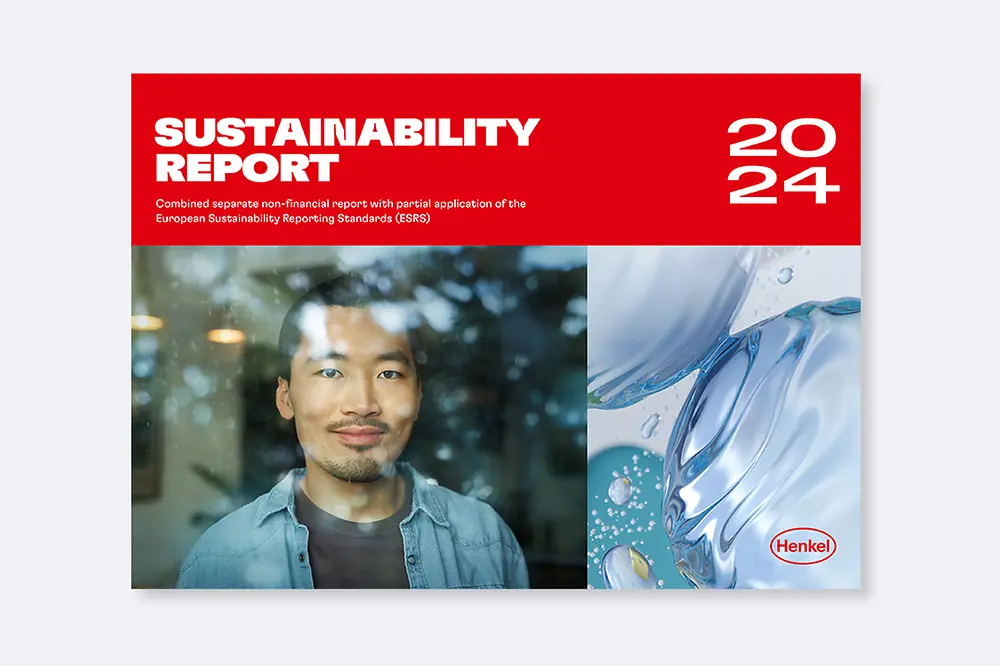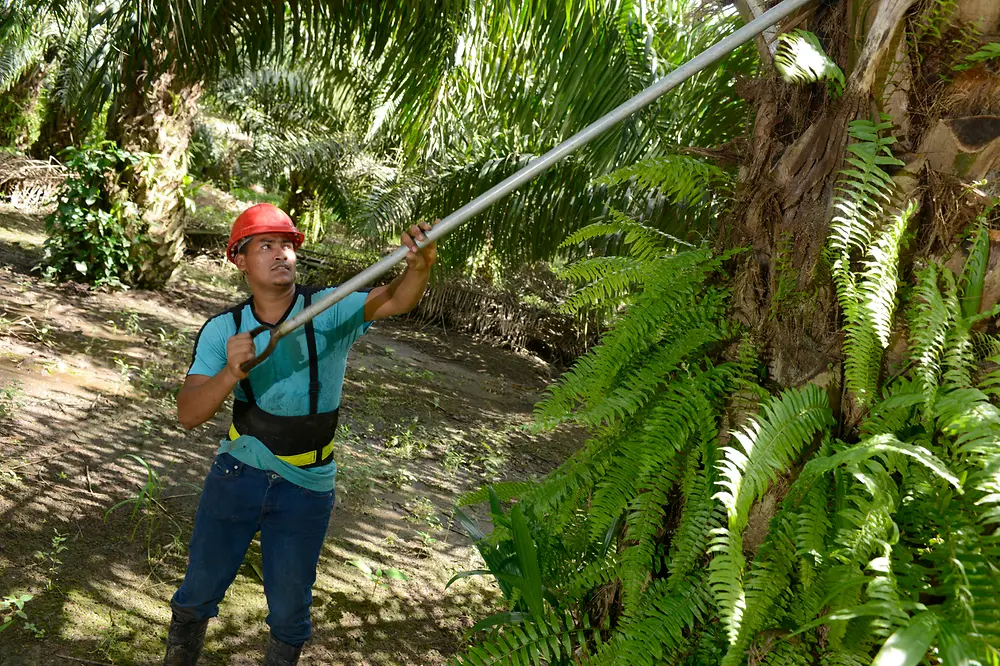At Henkel, we are all ambassadors of sustainability. Every day, we model our commitment to a greener, more sustainable future. Of course, we are selling adhesives -- and within the mass timber industry, we are selling adhesives that are not only instrumental in building construction, but are also changing the way we live, work and care for the planet.
Cross-laminated timber beams are constructed using solid-sawn lumber and adhering layers with adhesive. This improves the structural integrity and rigidity of the beam or panel.
What is mass timber, and how is it better for the environment than other building materials?
Mass timber is a structural load-bearing element, made from solid lumber glued to form columns, beams and large format panels. Unlike traditional materials, such as concrete or steel, mass timber is renewable – when you harvest a tree, you can plant another tree. Mass timber is earthquake-resistant; it’s difficult to burn, and it sequesters carbon dioxide. Mass timber can be used to construct virtually anything, including high rises, multi-family homes, office buildings, factories and warehouses. It’s lighter than concrete or steel, so less carbon is emitted in transit. There’s an emotional benefit, too: According to industry studies1, people feel calmer and more productive in wooden buildings than they do in concrete or steel structures.
Conversely, concrete and steel are mined from the ground and never replaced. They require intensive energy to produce. Half of the cement used to make concrete in North America comes from offshore, and most of the steel does, too, creating additional transportation emissions.












